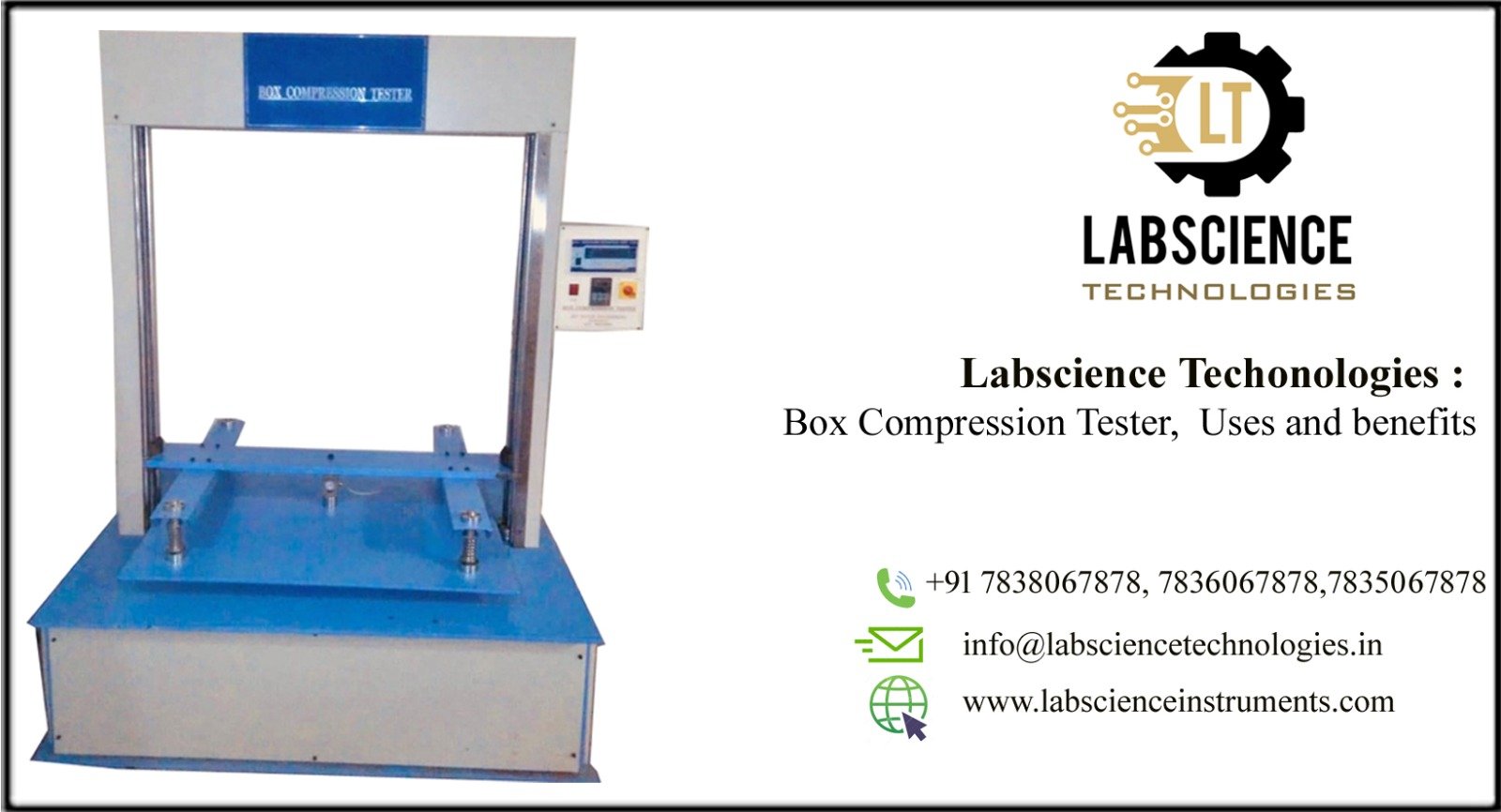How to Measure Packaging Strength with a Box Compression Strength Tester
How to Measure Packaging Strength with a Box Compression Strength Tester
Packaging strength is a crucial factor in ensuring the safety and durability of products during transportation and storage. A box compression strength tester is an indispensable tool for manufacturers to evaluate the sturdiness of packaging materials. This article dives into the step-by-step process of measuring packaging strength and the benefits of using this equipment in the packaging industry.
Why Packaging Strength Testing is Essential
Packaging serves as the first line of defense for products, making its strength a key determinant of product safety. Measuring packaging strength offers several benefits:
Reducing Product Damage
Proper packaging strength minimizes the risk of box collapse during transit, protecting the contents from damage.
Meeting Regulatory Standards
Industries have set standards for packaging quality, and testing ensures compliance, safeguarding both the product and the brand’s reputation.
Optimizing Material Usage
Testing packaging strength enables manufacturers to balance material efficiency and durability, leading to cost-effective designs.
What is a Box Compression Strength Tester?
A box compression strength tester is a specialized instrument used to measure the load-bearing capacity of packaging boxes. It simulates the vertical forces experienced by boxes during stacking or transportation, ensuring they can endure real-world stresses.
Key Features of a Box Compression Strength Tester
- Load Measuring Mechanism: Accurately records the applied force.
- Digital Interface: Displays real-time test results for easy analysis.
- Adjustable Plates: Accommodates boxes of varying sizes.
- Precision Controls: Ensures consistent application of force.
Step-by-Step Guide to Measuring Packaging Strength
Step 1: Preparing the Box
Start by inspecting the box for any pre-existing damage or irregularities. Assemble the box as it would be used, ensuring proper sealing to replicate real-world conditions.
Step 2: Positioning the Box in the Tester
Place the box between the machine’s compression plates, ensuring it is centrally aligned. Misalignment can lead to inaccurate results.
Step 3: Configuring the Test Parameters
Set the necessary parameters on the tester, such as the load application rate and maximum load capacity. Adjust these settings based on the box’s material and expected usage conditions.
Step 4: Conducting the Test
Start the machine, which will gradually apply pressure on the box. Monitor the real-time force readings until the box deforms or collapses.
Step 5: Analyzing the Results
The tester will display the maximum force the box endured before failing. This value represents the compression strength of the packaging.
Factors That Influence Packaging Strength
Material Composition
Boxes made from high-quality corrugated cardboard or reinforced materials exhibit greater compression strength.
Design and Construction
The structural design of the box, including the type of fluting and joint quality, significantly impacts its strength.
Environmental Conditions
Factors such as humidity and temperature can weaken packaging materials, reducing their load-bearing capacity.
Box Size and Shape
Larger boxes may face uneven stress distribution, making their strength highly dependent on design and material quality.
Types of Box Compression Strength Testers
Manual Testers
These require manual force adjustments, making them suitable for smaller-scale operations with minimal testing needs.
Digital Testers
Equipped with advanced sensors and displays, these provide precise and automated measurements, ideal for industrial use.
Hydraulic Testers
Designed for heavy-duty applications, hydraulic testers are perfect for testing large and robust packaging materials.
Applications of Box Compression Strength Testing
Shipping and Logistics
Ensures packaging can withstand stacking during storage and transit.
E-commerce Packaging
Validates the strength of boxes used for shipping goods to customers.
Food and Beverage Industry
Tests the durability of packaging used for fragile or perishable items.
Manufacturing and Warehousing
Evaluates the resilience of packaging in storage environments with varying pressure conditions.
Benefits of Using a Box Compression Strength Tester
- Accurate Measurements: Provides precise data to improve packaging design.
- Cost Efficiency: Reduces material wastage by identifying optimal designs.
- Customer Satisfaction: Ensures product safety, leading to fewer complaints and returns.
- Compliance Assurance: Helps meet industry standards and certifications.
Conclusion
Measuring packaging strength with a box compression strength tester is a vital process for ensuring the durability of packaging solutions. By following proper testing methods, manufacturers can design boxes that withstand real-world pressures while minimizing material costs. Whether you’re in logistics, manufacturing, or e-commerce, investing in a reliable compression strength tester ensures your packaging meets industry standards and protects your products effectively.
Kindly fill this form to demand a call-back to from our client support boss with esteeming and details.
+91 7838067878
Call Now
+91 7838067878

